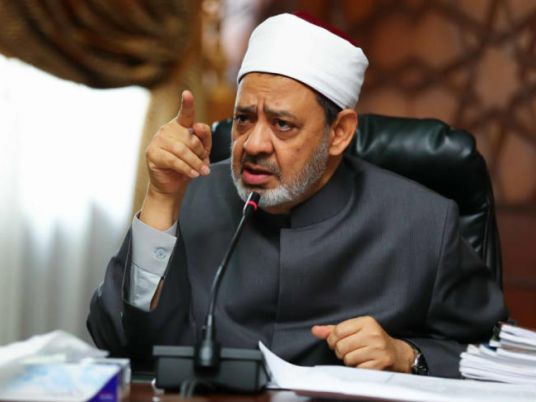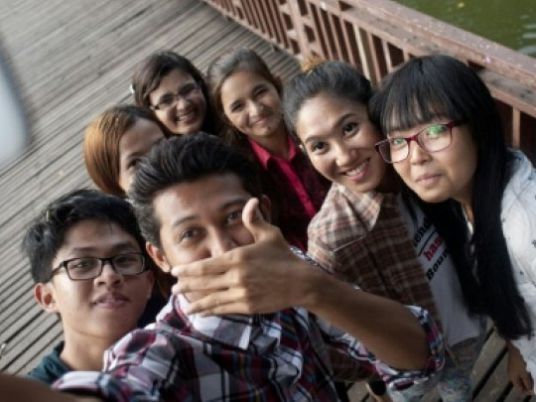We sat in the anteroom of the Chinese-style guesthouse, tense, returning the stony glares of the longyi garbed Burmese men with crimson stained teeth, a by-product of the incessant chewing of betel nut, evidently vogue in the Union of Myanmar. Our passports had just been handed to a boy who raced down the street to contact dubious “authorities.”
“Don’t worry,” the elder gentlemen said in broken English after a protracted period of awkward silence. “The government here is…,” he added before delivering a rotation of an open palm near his temple, a movement that seemed to represent all forms of “No,” including insanity.
We shouldn’t have been in Bogalay, a remote town located on the eastern perimeter of the Irrawaddy Delta, merely 100km from the country’s largest city and former British colonial capital Yangon but, nonetheless, an enduring and turbulent 8-hour bus ride.
The portents of the past 36 hours abounded. Our travel book contained no mention of the town. The response we received when asking our money-changer where to find a bus to reach Bogalay was a perplexed, “We don’t know. We’ve never arranged for someone to go to there.”
And earlier in the day, we were stopped at a checkpoint a few hours outside of Yangon and requested to present travel documentation. “They told us in Yangon permission was not required,” I said. “It’s okay, we just go to visit.” Plead ignorance and fabricate. The two pillars of extricating yourself from a situation you shouldn’t be in when traveling in a foreign country.
Myanmar is a country of great diversity, juggling an array of ethnic groups and dynamic terrain. Its junta-run government faces persistent unrest in the distant provinces to the north and east of Southeast Asia’s second largest nation. Poverty is ubiquitous. Emaciated bodies and physical deformities are not uncommon.
And the outside world seems far more distant than the few hundred kilometers across the Thai border to modern and cosmopolitan Bangkok. The government rules with a firm grasp, keeping internet accessibility limited, emigration difficult, reportage muzzled and political dissent suppressed. Notable protest movements in the past few decades include the most recent 2007 crackdown on the unrest dubbed the “Saffron Revolution,” a reference to the saffron-colored robes donned by the Buddhist monks who led the revolt. Casualty rates in this particular period are murky, ranging from a few dozen to a few hundred.
But Myanmar — in 1989 the government officially changed the name from Burma as part of a sweep of British names — has not always been an icon of repression. Prior to British colonialism in the country, the Burmese monarchy boasted a rich history of conquests, wealth and relative egalitarianism. After General Ne Win seized power in 1962, however, he embarked on a ruthless campaign to eradicate opposition and manipulate the economy in accordance with the whims of oracles.
Travel restrictions in Myanmar vary from time to time and place to place. Travel to Bogalay, and the vast expanse of the Delta region at its doorstep, remains fettered due to the devastation wrought on the area in the wake of Cyclone Nargis in 2008. Tens of thousands, at minimum, succumbed to the disaster. The elements ravaged infrastructure throughout the Delta swathe with Bogalay Township receiving a particularly harsh blow. In the aftermath of the cyclone, the government restricted relief efforts despite widespread but measured criticism from the international community. Exposure to the region continues to be a privilege.
I recalled filling out the documentation in order to receive a visa at the embassy in Bangkok a month or so earlier. Under occupation, I put “restaurant employee.” I don’t work in a restaurant. I suppose I could be considered a journalist but it’s a stretch. Either way, when my name is searched on Google political articles surface. They don’t let journalists enter Myanmar.
“They’re going to deport me,” I thought. “No, I’m going to a re-education camp.” I fled to the room and left my two friends to deal with the immediate consequences.
Several hours after our passports were turned over, the boy returned and we were set free. But there would be no visits to the surrounding villages as planned. We were admonished to return from whence we came.
So the next day we spirited ourselves out of town on a long, slender motorboat, accompanied by a few hundred Burmese. And we unanimously agreed the anxiety, possible detainment and thwarted village visits were but a small price to pay for the landscape that now lay before us on the 6-hour journey back to Yangon.
The muddy, brackish waters of the Irrawaddy’s network of rivers benignly lapped up the side of the boat. We gambled, listened to music, and soaked in a region with a legacy of minimal foreign exposure. A few Burmese working the boat and a dozen crate-fulls of suffocating crabs constituted our only neighbors on the upper deck.
While on the move, the landscape never failed to abandon its tranquility. The thick, verdant mangrove growths extended for what appeared to be miles. Villages composed of dozens of earth-toned elevated bungalows cropped up around every corner navigated. Local men and women dotted the river in fishing boats that floated scarcely eight inches above the water, throwing nets out to corner the fish. Massive temples with towering Buddhas, gold plated and glistening, dominated the landscape.
As the boat pulled up to the various quays scattered along the shoreline, we were rewarded with an intimate glance into the bustling marketplace of jetty-side village life. Women with ground teak wood painted on their face, a custom which acts as sun tan lotion and a fashion statement, pedaled fresh goods, mostly unidentifiable. Hawkers bellowed prices of their wares. As a last ditch effort to pawn off products, some stayed on the boat a few seconds too long. It departed. So did they. Fully clothed, they jumped into the water and swam back to shore to the cheers of those in transit.
We were lucky in the Delta. And we were appreciative of the experience and the lax methods of the authorities to oust us. The remaining three weeks of the trip we stuck to the admissible areas of the country. Fortunately, the beauty and intrigue of Myanmar is not restricted to the restricted areas.
After a long (it seemed to take 12 hours to travel any distance in the country) ride to the heart of the country, Burma’s second largest city and the last royal capital, a town called Mandalay, we soon began a four-day motorbike trip into the untouched mountainous region of northeast Myanmar. Day two we reached a town called Namshan. Although the proverbial door was open for travel in this area of Burma’s Shan state, the abysmally poor road conditions were a legitimate levied tax. The 50km traverse took 12 hours, four of which we waited alongside a forced landslide, part of a massive campaign to reconstruct roads in urgent (well, nothing seems too urgent in a place like Burma) preparation for the impending monsoon season.
Devoid of internet and English proficiency but rife with noodle soup and sweet and sour chicken, Namshan boasts one of Myanmar’s uncontestable gems. An array of temples composes the much revered and breathtaking Thaung Yo pagodas. Resting 10km outside of town, through miniscule villages, along stone-cobbled roads, and up a few hundred meters in elevation, the pagodas dot a half-dozen hilltops that make a compelling case as the nexus of the globe. Hillsides cascade down steep terrain in every direction. Golden stupas sprout up along side white and red painted 10-meter high Buddhas. Wild horses pepper the landscape.
A rule of thumb, however, when travelling Asia is to avoid over-exposure to temples. The term “templed-out” among backpackers in this pocket of the earth is trite but telling. You can, no you will, see far too many temples. So do not satiate your appetite too quickly. Destinations such as Bagan, located 200km southwest of Mandalay, necessitate focus.
Bagan marks the remnants of a host of ancient empires in Burma, including the Mongol invasions of the 13th century (this is about the same time Genghis Khan’s grandson sacked Baghdad. The Mongols were on a roll). The more than 2000 temples remaining — many of which have undergone renovations, many of which have not — range from a few to a few hundred meters. They vary in size and shape, tone and style. Summiting one of the larger temples and looking across the vast plain riddled with ancient structures is nothing short of majestic.
But Myanmar is not all archaic ruins and intimate glances into a world bereft of modernization. It’s not merely the novelty of cramming into a 20-seat bus with 40 people and 30 sacks of rice. Or riding on top of that bus, constantly dodging tree branches.
There are beaches. Lots of beaches. More beautiful, immaculate beaches than can be counted along Myanmar’s nearly 2000km uninterrupted coastline. Go to Chaung Tha beach, 200km west of Yangon on the serene Bay of Bengal. Do nothing for a few days. We did. It was glorious.




